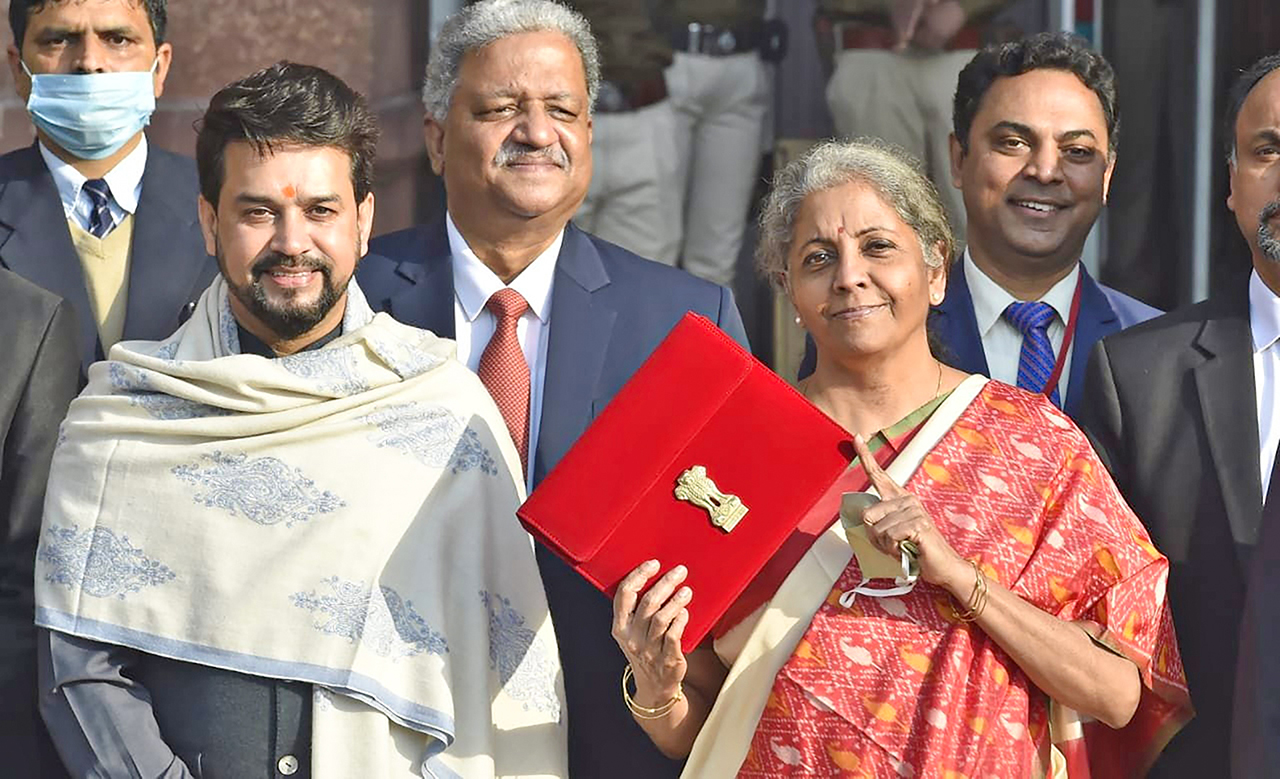
The much-anticipated post-COVID Union Budget was presented by Nirmala Sitharaman, Minister for Finance and Corporate Affairs, on February 1. While the overall response has been quite positive, especially keeping in mind the positive long-term implications of some of the policies announced, let’s find out what the who’s who of the India auto industry had to say about Budget 2020.
Kenichi Ayukawa, SIAM President

The budget focusses on three broad themes: 1) Remedy the current challenges post-Covid through focus on human health and asset reconstruction; 2) Give a major impetus to infrastructure with a 5-year roadmap for fiscal consolidation; 3) Take bold measures for enhancing efficiency and competitiveness like privatization, competition in power distribution companies, CGD expansion in 100 more districts and enablers like infrastructure financing.
A good macro-economic growth will translate to good demand for auto sector also. The announcement of major highway projects with sizeable increase in infrastructure outlay will help revive demand for both commercial vehicles and private vehicles. The allocation for procurement of 20,000 buses will directly benefit the industry. The addition of 100 new districts to the City Gas Distribution network for natural gas will help clean, efficient and affordable mobility for the country.
While SIAM awaits the details of the vehicle scrappage scheme, it hopes and requests that fitness testing and certification should be much earlier and at frequent intervals to ensure safety, environment friendliness and fuel saving.
The reduction in customs duty on some steel grades, and revoking of countervailing duty and anti-dumping duty on certain steel products is a welcome step. Since platinum, palladium and rhodium are not available in India and are essential for emission control, their duty could have been made nil.
The increase in customs duty on auto parts / lithium ion cell parts is of concern and is likely to increase cost of manufacturing automobiles, wherever indigenization is yet to happen.
Deepak Jain, ACMA President

The vision of an Aatmanirbhar Bharat enshrined in the Union Budget, coupled with the ‘Sankalp’ of ‘Nation-First’ will be the bedrock to propel us further as we redefine our economy in a post-pandemic world. Significant outlay for vaccination in the country will add to the confidence of a resurgent India.
Announcements with regards increased spend on road infrastructure, voluntary scrappage policy, Research & Development and PLI among others, augur well for the automotive sector. Further, continued focus on building rural and agricultural infrastructure and prioritizing agriculture credit growth will have long-term positive impact on rural demand for vehicles.
Increase in basic customs duty on select auto components will encourage local manufacturing of such items. It is also heartening that the budget outlay for the MSME sector has been doubled compared to last year. The auto component industry is dominated by MSME and this will provide them the necessary succour as the industry recovers.
Uday Kotak, CII President
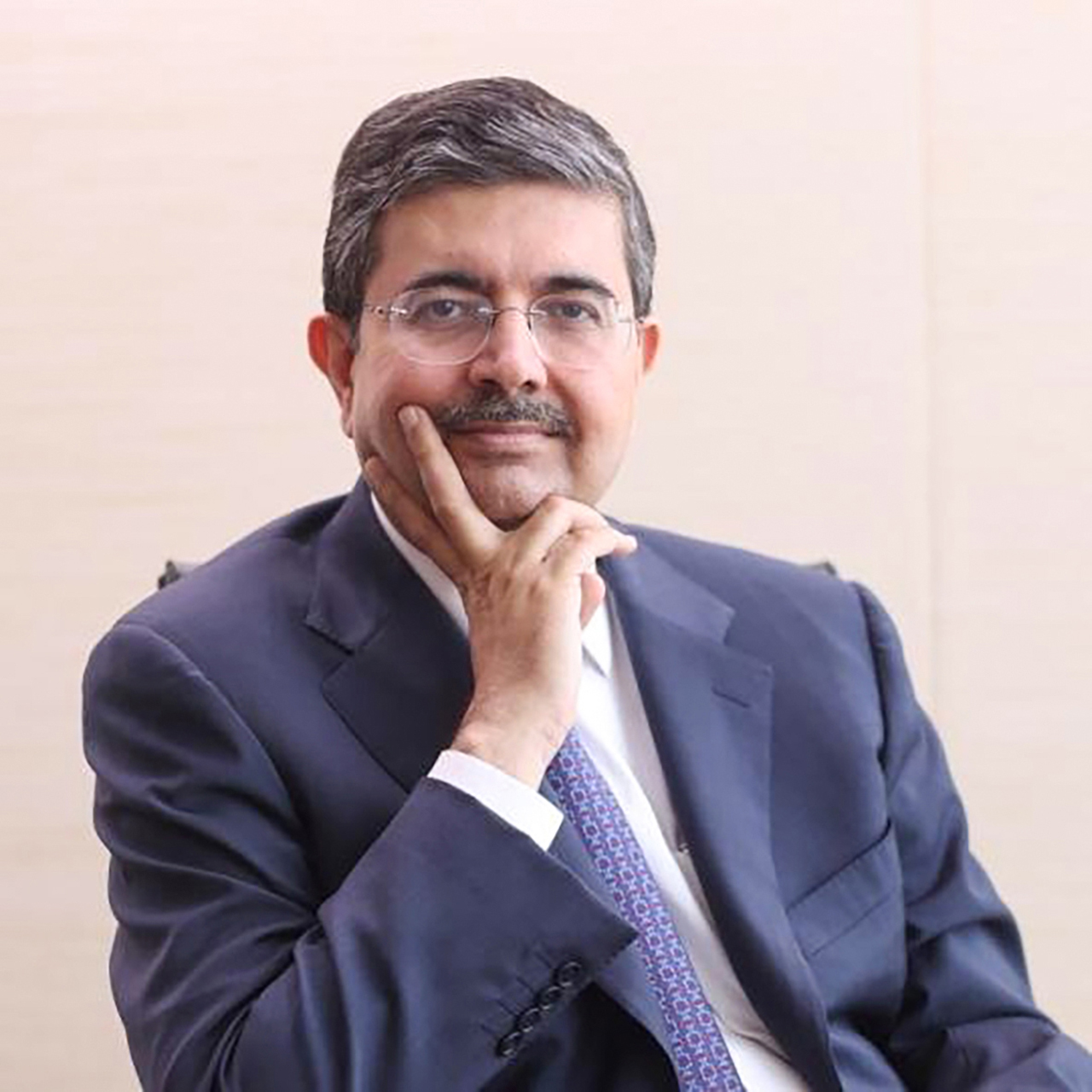
Delivering on her promise of unveiling a ‘Budget Like No Other’, the Finance Minister announced a raft of prudent measures aimed at rejuvenating government spending towards critical areas of increasing allocation on infrastructure expansion, education, housing and health as India rolls out a vaccine drive to inoculate 1.3 billion people.
Laying down the vision for providing further fillip to the government’s flagship Atmanirbhar Bharat Programme by spelling out the measures under the critical six pillars, the Budget ticked all the right boxes which would strengthen the path of recovery of the economy. This is a budget catering to all aspects of lives, livelihoods and growth.
The pandemic has rightly brought back attention to the much-needed topic of improving healthcare infrastructure for the populace. In this regard, we are heartened to note a large 137% increase in health & wellbeing spending for FY22, said Mr Kotak. The launch of a new centrally funded scheme, Pradhan Mantri Swasthya Suraksha Yojana, Mission Poshan 2.0 and commitment of providing Rs. 35,000 cr. for COVID-19 vaccine in FY22 are all encouraging developments.
We recognise that the commitment of the present government to spur growth is not limited to announcements in the budget alone. The three tranches of the Atmanirbhar Bharat ably demonstrates this intent. In this regard, I would like to mention that the Budget presentation marks an ongoing process rather than a one-off approach in making the recovery process more robust and equitable.
Vineet Agarwal, ASSOCHAM President
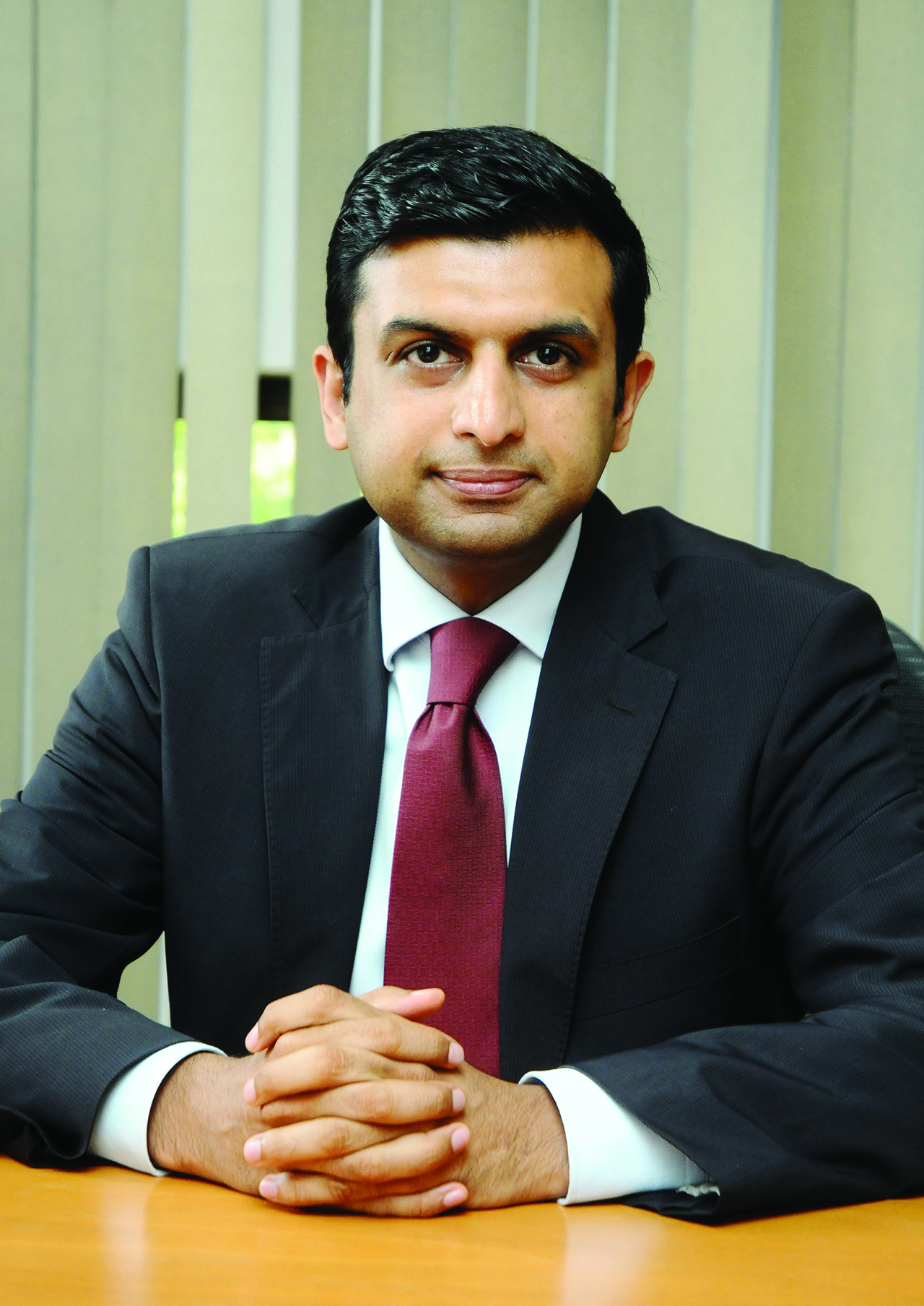
Finance Minister Nirmala Sitharaman has given a booster dose to the economy through six pillars of mega rise in capital expenditure on healthcare, physical infrastructure without putting much pressure on the taxpayers.
A huge 137 per cent increase in outlay for healthcare with specific Rs. 35,000 crores for Covid-19 vaccine rollout, a courageous asset monetisation programme along with strategic disinvestment including two banks stand out as defining features of the Budget for 2021-22. The Prime Minister Mr. Narendra Modi’s flagship Aatmanirbhar Bharat is very imprinted on the Budget through a string of measures on giving safety to the domestic manufacturers through customs rationalisation.
Despite an unprecedented pandemic exerting a huge pressure on government finances, the Finance Minister has been able to keep the path of fiscal consolidation with a fiscal deficit of 6.8 per cent of GDP for the next financial year. There is a big emphasis on capital expenditure on building key infrastructure both in the rural and urban parts of the city. There has also been big time focus on highways, better connectivity to ports through roads and rail and bringing down cost of logistics to make Indian manufacturing competitive in the world.
Capital spend on infrastructure has been one of the six pillars of the Budget. Announcement of a development financial institution with an initial capital of Rs 20,000 crore and lending potential of Rs. 5 lakh crore would provide impetus to the sector. Asset monetisation of brownfield road projects, dedicated rail freight corridors would add speed to the infrastructure development.
The mantra is clear: Spend on quality infrastructure for faster economic recovery to a double-digit growth in 2021-22.
The Budget has given a certainty and inspired confidence in entrepreneurship by retaining the fiscal incentives for the Start-ups and the Stand-Up India programme.
The focus on MSMEs with doubling of outlays for the sector and several regulatory and tax compliance reliefs would lead to ease of doing business for the small businesses.
I compliment the government for continuing emphasis on the agriculture sector with a commitment for building enhanced agri infra. However, the government could consider replacement of proposed cess with raising more through disinvestment, the target for which may be raised in the wake of a healthy capital market.
Guenter Butschek, CEO & MD, Tata Motors

Budget 2021 is a progressive statement of intent and action that aims to both stimulate and sustain growth following an unprecedented year. The significant increase in overall allocation towards capital expenditure has been complemented with comprehensive measures to catalyse multiple levers- focus on rural, infrastructure investment, impetus to manufacturing, social welfare, entrepreneurship and digital – to enable overall holistic development.
For the automobile sector, which is a significant contributor to India’s GDP, there are multiple welcome announcements including a voluntary vehicle scrapping policy to phase out old and unfit vehicles, augmenting public transport system in urban areas, continuing focus on adoption of cleaner fuels, and enhancing outlays for developing road infrastructure and expanding the Swachh Bharat Mission.
Vipin Sondhi, MD & CEO, Ashok Leyland
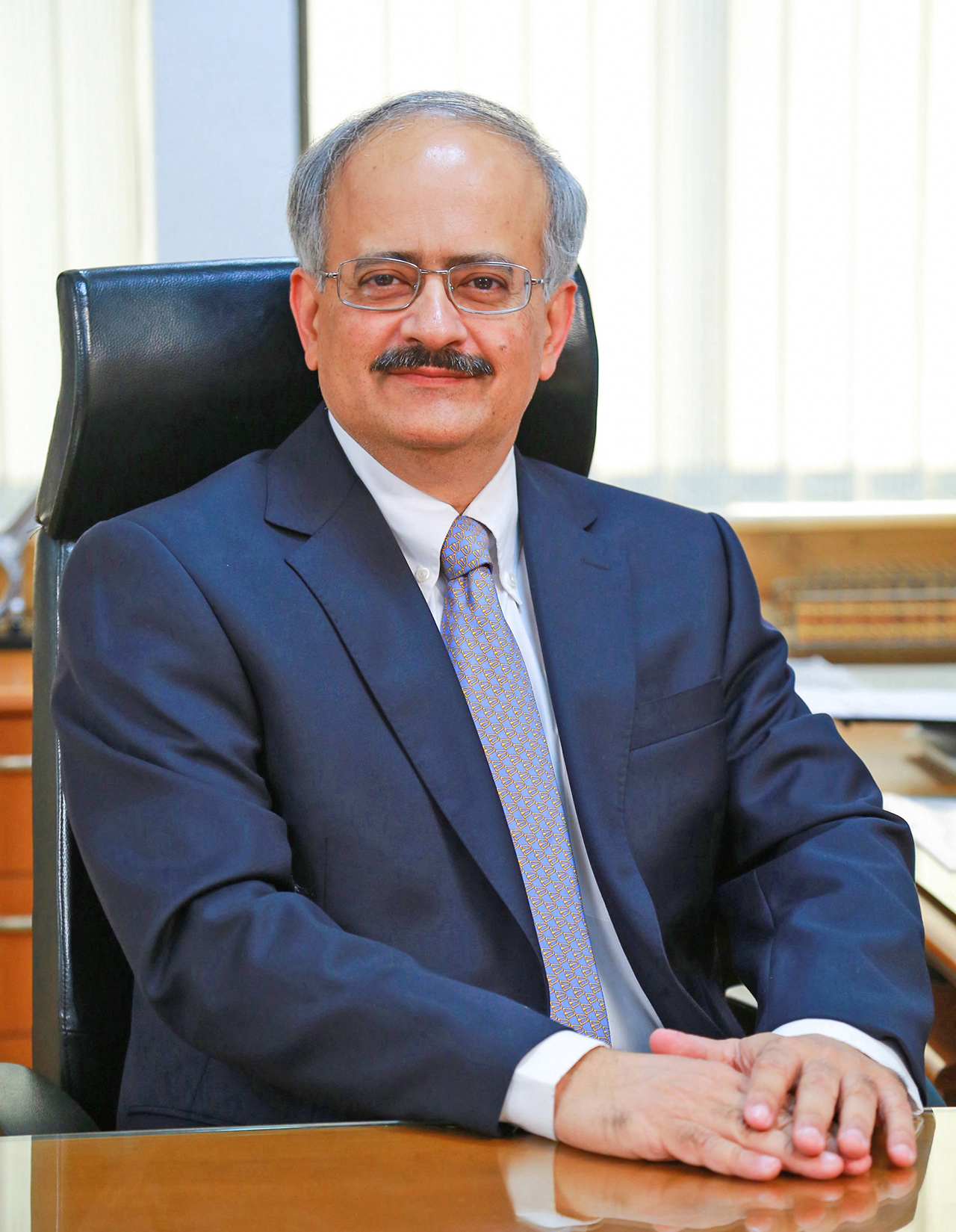
The Finance Minister has unveiled a well thought out budget anchored by six key pillars. This could set out a virtuous cycle for growth and job creation spearheaded with a thrust on public investment in infrastructure and health. The key will be in effective implementation.
The Union Budget 2021 has several positive signals for the manufacturing sector and the Commercial Vehicles (CV) sector, which are core to the economy. I would like to mention four specific areas that we feel could provide the much-needed demand impetus to the CV sector.
Firstly, the commitment to augment our country’s road infrastructure with projects for building 8,500 km of highways and economic corridors augurs well for surface and road transport.
Secondly, a Rs. 18,000-crore scheme to augment public transport in urban areas with the addition of 20,000 new buses in a PPP model would ensure cleaner and efficient public transportation and ease congestion.
Thirdly, the assurance of implementing a voluntary scrappage policy, for 20 years for personal vehicles and 15 years for commercial vehicles is positive. This is good for the environment and good for setting in motion a circular economy. However, we await further details of the policy, as the industry had requested for an incentive based scrappage policy for it to be effective.
Lastly, the emphasis on rejuvenating the manufacturing sector with double digit sustainable growth is reassuring as manufacturing would be a big job creator. The thrust on R&D for National Priority Projects and the PLI scheme will be key enablers to attain our Prime Minister’s vision for Aatmanirbharta in the manufacturing sector.
Overall the budget presented during these difficult times has laid emphasis on increasing economic activity and is a step in the right direction for renewed economic resurgence.
Daimler India Commercial Vehicles
The government continues to focus on addressing the critical issue of rising pollution and on promoting infrastructural growth. DICV welcomes the government’s decision of introducing the voluntary vehicle scrapping policy and the budget allocation for the road projects under Bharatmala programme. We will also need to understand the actual infrastructure spends in the state government budgets that will help create buoyancy in the market. With the announcement of Infrastructure for roadways, we see even more demand for BharatBenz products in the construction tipper segment where we already enjoy a growing customer base. Furthermore, the push towards increasing national highway corridors will help Improve inter-state connectivity; thereby creating a stimulus for fresh demand in urban transportation.
An incentive based scrappage policy can accelerate the need for cleaner vehicles and will be more impactful for the environment. We always believed that a good scrappage policy was the need of the hour and has been strongly advocating for the introduction of a well-formulated scrappage policy that takes a long-term view on sustainability. Older vehicles with poor maintenance and lesser safety and comfort features are a hindrance for road safety. A fitness test for vehicles after 15 years for commercial vehicles is an effective step in this direction. Overall, the scrappage policy and Infrastructure spends will trigger the demand for the MHCV segment.
Kamal Bali, President & MD, Volvo Group India
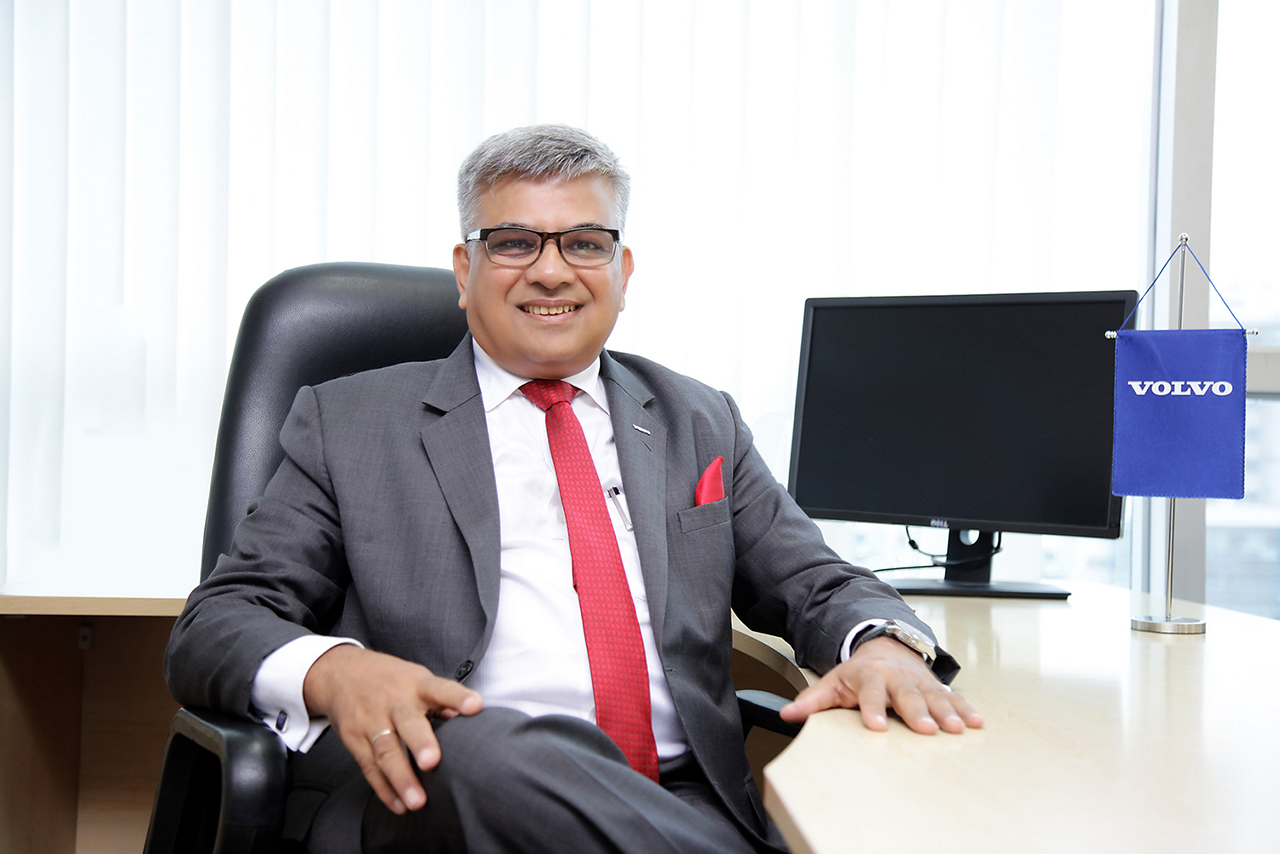
Budget 2021-22 announced by the Finance Minister under the visionary leadership of PM Narendra Modi is very positive and will surely spur growth. There is potential for employment generation considering that the budget focused on key sectors/pillars, like healthcare, infrastructure and manufacturing. The focus on scrappage policy and PLI for automotive sector needs to be studied for details. The promised review and consolidation of GST and Customs Duty structure (rates) by Sep 2021 is a welcome development. The purchase of 20,000 buses will augment and render the much-needed support to the industry. Overall, it is a growth-oriented budget which bodes very well for our trucks and CE business in the coming years.
Deepak Shetty, CEO & MD, JCB India
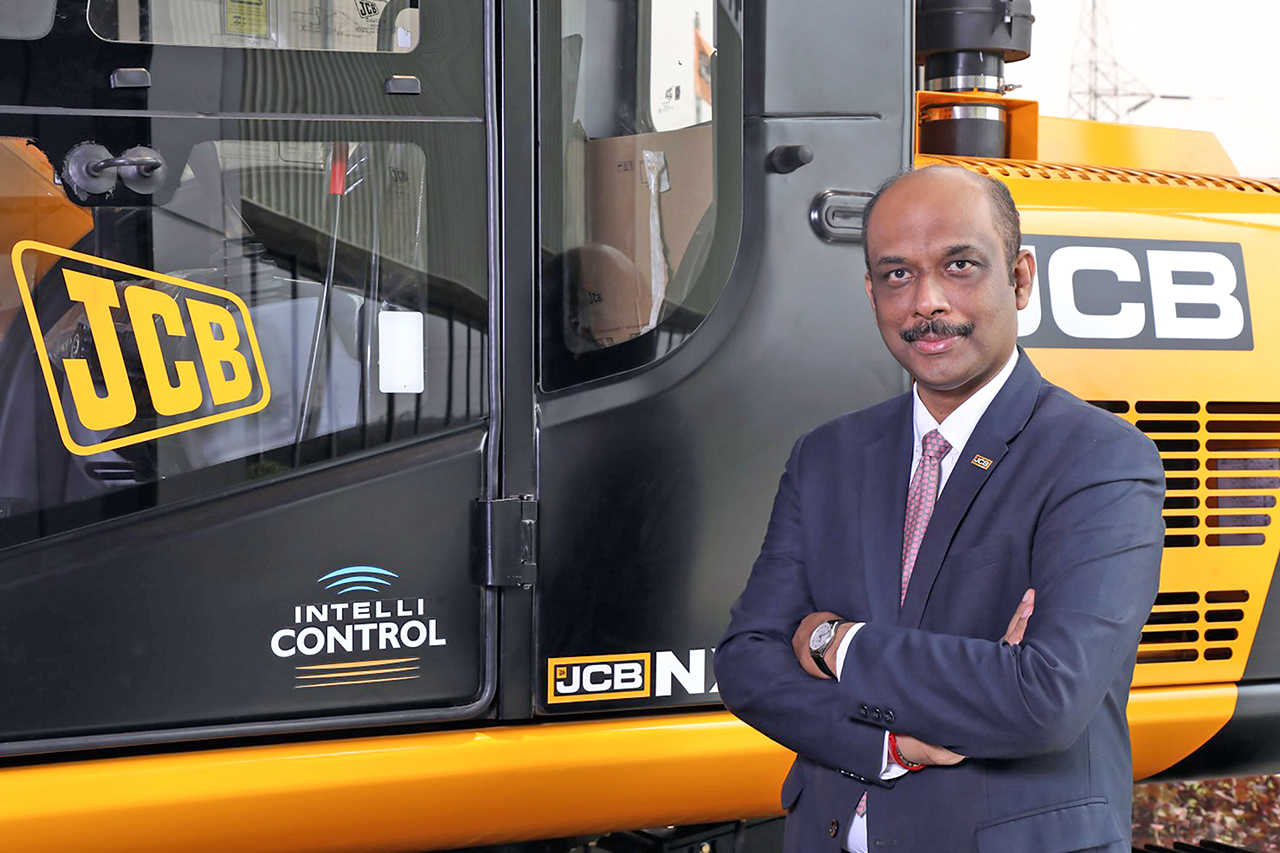
Leading up to the budget we had made key Industry recommendations, especially since we are just beginning to come out of a very difficult time due to the pandemic.
It is thus heartening to note that the two key areas which needed strong focus in the budget have been given the impetus. These being Infrastructure development and Health care. The outlay for the Ministry of Road Transport and Highways is the highest ever this year. The capital expenditure allocation for FY 2021–2022 is also much greater than the previous years.
Encouragingly Railways is set to emerge as a growth driver in addition to roads and highways, which was long overdue. A record allocation for railway corridors and other structural developments has been made. This will certainly help in generating on ground activity in the sector.
With the formation of a Development Finance Institute (DFI), the stress in capital requirements for long-term infrastructure projects should significantly ease out. This was critical to infrastructure development. The Government has shown a strong intent towards generating funds by proposing a Privatisation drive and Monetisation of assets. Another positive in the budget announcement is focus on hydrogen energy and the aim to create an ecosystem for alternative fuels.
These are welcome steps towards the vision of creating an Aatmanirbhar Bharat. Infrastructure development has a multiplier effect in the creation of jobs and livelihoods. We feel that the budget will support the National Infrastructure Pipeline (NIP) and other large scale infrastructure projects, thus creating more opportunities for construction equipment manufacturers.
S Chandramohan, Director, TAFE

The increase in allocation towards rural infrastructure from Rs. 30,000 cr. to Rs. 40,000 cr., the increase in investment with NABARD, the increase in custom duty on cotton are much-needed positive moves. We hope that linkage of the 100 mandis would boost rural livelihoods and economy
Anuj Sethi, Senior Director, and Sameer Charania, Director, CRISIL Ratings
Budget announcements on scrappage policy and increase in outlay on infrastructure will benefit the commercial vehicle (CV) industry, in which there has been severe volume decline since fiscal 2020. About 7.5 lakh CVs that are older than 15 years will undergo fitness tests and may be eligible for scrapping under the scrappage policy.
While details of the scheme are awaited, guidelines on vehicle fitness specification and incentives for scrapping will play a crucial role in boosting the demand for CVs.
Additionally, a boost in infrastructure and construction augurs well for dump trucks and tippers. Also, higher outlay for public transportation in states will support demand for buses.
Nikunj Sanghi, ASDC Chairman
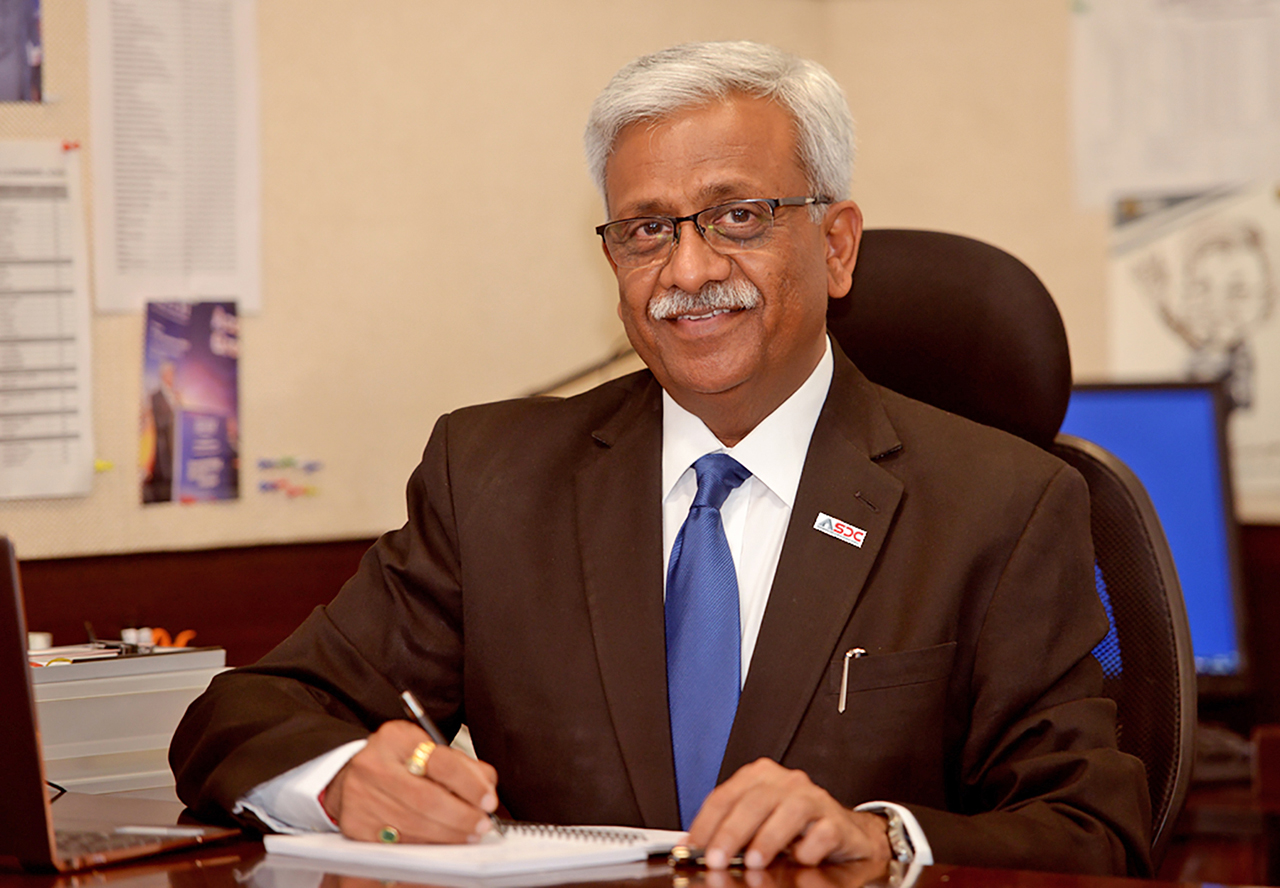
The Union Budget 2021 has given due importance to skilling and education which is a welcome move in today’s skill-driven industry. The government’s focus on supporting local manufacturing, skill development, and a heightened emphasis on job creation will lead to greater opportunities for the youth of the country.
In addition to that, the partnership with the United Arab Emirates and Japan to promote industrial & vocational skills, techniques, and knowledge is a major boost for the sector. Also, since automotive is the biggest organized employer in the country, hence the realignment of the existing scheme of national apprenticeship training scheme for providing post-education apprenticeship training of graduates and diploma holders in engineering over 3000 crores is also a positive sign for automotive skilling.
Overall, we believe that this renewed push on providing quality education and enhancing the skills of our youth will help India to achieve its objective of Aatmanirbhar Bharat and will play a lead role in shaping the global economy in the future.
R Dinesh, Jt. Managing Director, T V Sundram Iyengar & Sons
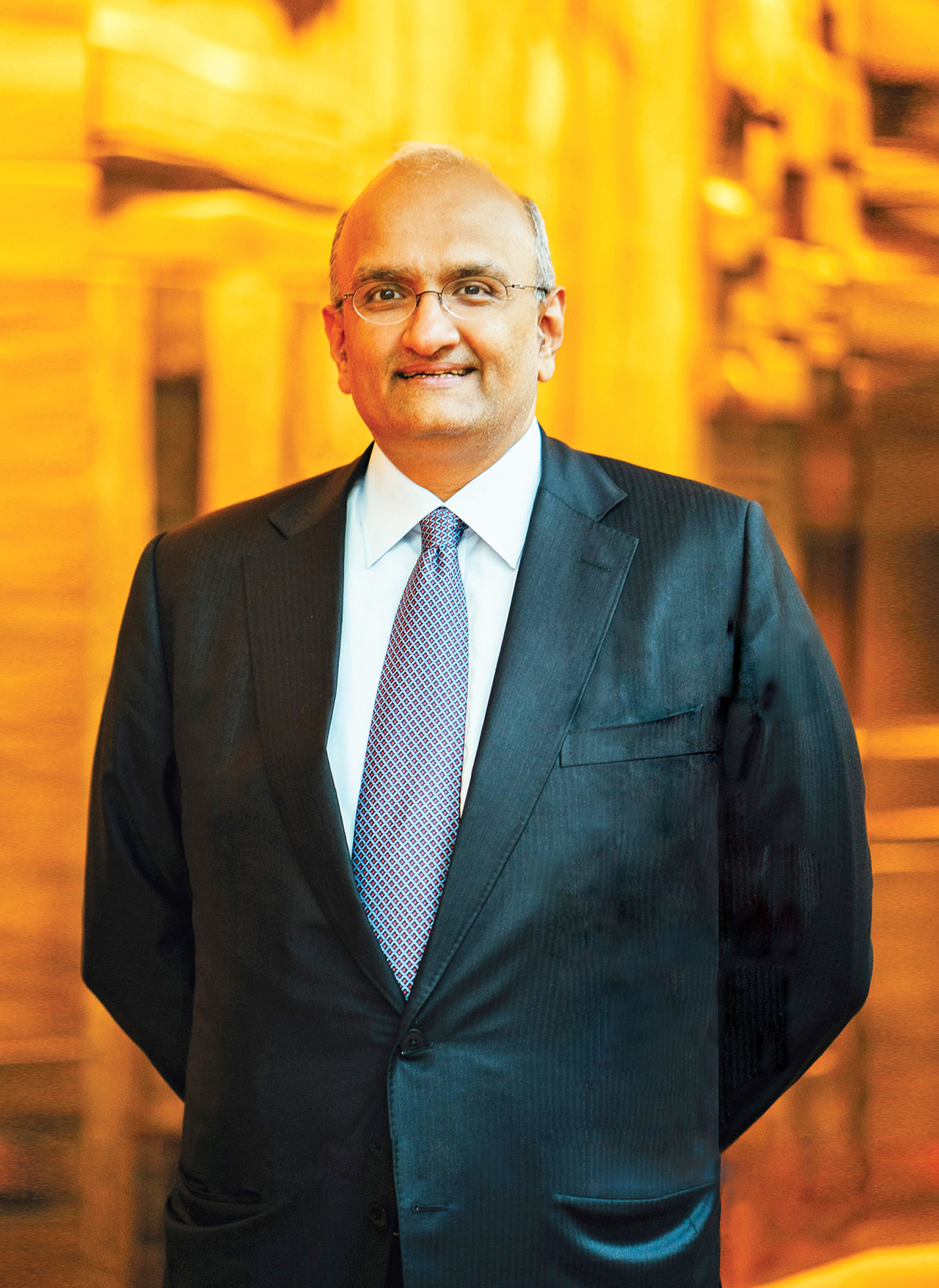
The overall budget is holistic and emphasizes the supply chain areas including the eastern and western freight corridor and the multimodal approach for reducing logistics cost. The budget has also demonstrated the minimum government and maximum governance both in letter and spirit that will promote competitiveness as part of its focus on green budget.
Ashok Minda, Chairman & Group CEO, Minda Corporation
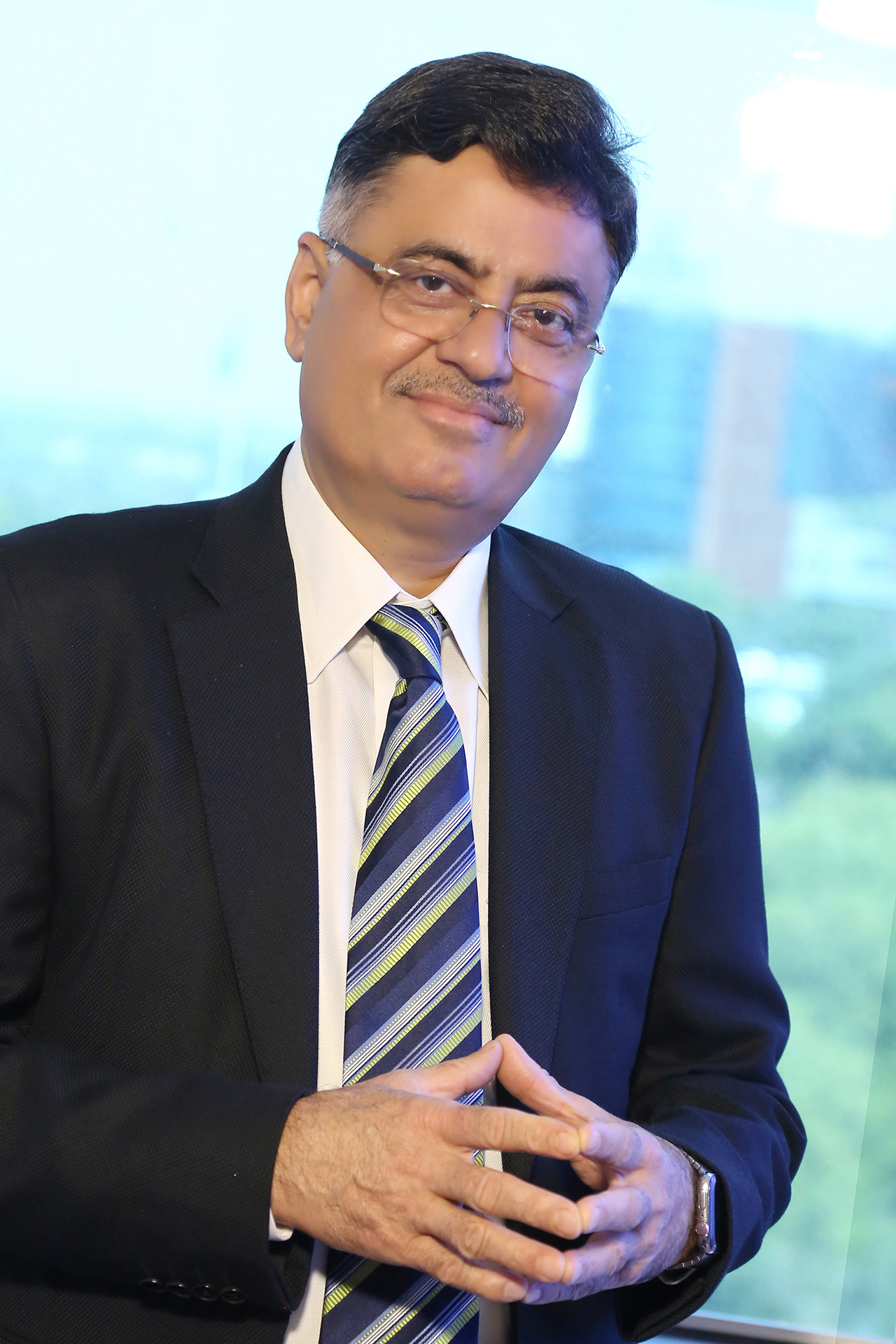
I am pleased to see the Budget 2021, which has been delivered by our Finance Minister Nirmala Sitharaman, who has committed Rs. 50,000 crores for Research & Development for National Research Foundation. The foundation will ensure that the research ecosystem on the Country is strengthen and focus on identified national-priority thrust areas. We feel that green economy and better air quality is a national priority and in a decade’s time, when India is eyeing to electric vehicle ecosystem, the budget of R&D will further enhance its development and localization. This will benefit the auto manufacturing sector as a whole. This will additionally supplement Aatmanirbhar Bharat and Make in India.
Dr. Raghupati Singhania, VP, JK Organisation and Chairman, JK Tyre & Industries
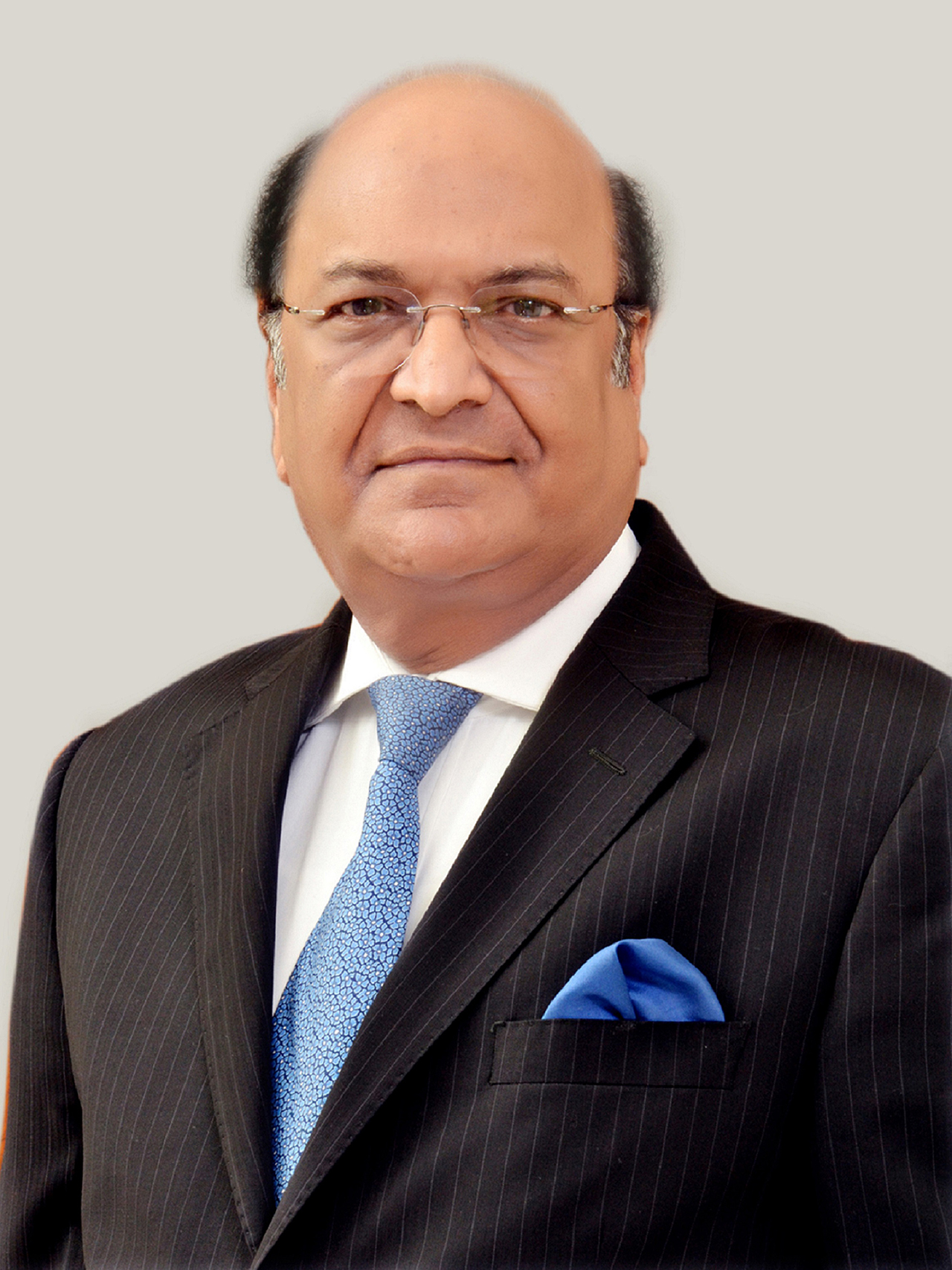
The Finance Minister has presented a ‘pro-growth’ budget in these unprecedented times, which will give a boost to the Indian economy which is on path to recovery. Rightly, there is a huge emphasis on infrastructure, which will help revive economy as well as generate employment. Finally, the much awaited scrappage policy has been announced, which is a welcome step. This will increase sale of new vehicles and in turn boost tyre demand.
The key however is faster implementation of the various important measures announced, which will have a meaningful impact on economy.
Nagesh Basavanhalli, Group CEO & MD, Greaves Cotton

Long-term progressive budget built on sound strategy for improving national health and economic recovery. The government’s resolve to support manufacturing and infrastructure sector is commendable. The emphasis on government spending in building pan-India transport and allied infrastructure should have a positive impact in reviving consumer demand for vehicles. The allocation of a sizeable sum towards the PLI scheme will help the industry create jobs and boost economic growth. The recognition of the manufacturing sector as an integral part of the global supply chain and to grow the same in double digits, will be boost to the industry. While the auto sector would have liked to see more direct measures in the budget, however the Scrappage policy is certainly a step in the right direction. This is a step in the right direction for both ecology and economy. The focus on rural and agri credit growth will also have a cascading effect on the auto sector.
Parag Satpute, MD, Bridgestone India

It is a forward-looking budget. The outlay on healthcare and covid vaccination is in the right direction in building health infrastructure and citizen confidence, both of which are very much needed at this stage. The scrappage policy for vehicles was a long-standing demand of the automotive sector and would lead to increased demand.
Suresh KV, President, ZF India

The Union Budget presented by our finance minister, as expected, is in line with the government’s vision for Aatmanirbhar Bharat.
We welcome the announcement of a voluntary scrappage policy. This will induce the demand for new commercial vehicles (CV) and passenger vehicles (PV). Though the scrappage policy is voluntary, this could be seen as significant step in view of the fact that the scrappage would be dependent upon the fitness certificate. This policy backed up by an effective implementation plan would really boost the growth of the industry.
Announcement of allocation of Rs. 1.18 lakh crores to improve the public transport in Indian cities and the procurement of 20,000 new buses will provide an impetus to the bus segment. Such a strong push in infrastructure building including roads, economic corridors and railways will become instrumental for enhancing the demand for heavy and medium duty commercial vehicles which in turn will have a positive impact on the employment opportunities.
It is also heartening to see the allocation of Rs. 1.97 lakh crores, over next 5 year, towards the production linked incentive scheme (PLI). This will boost manufacturing in India and further propel the growth of the Indian automotive industry.
Overall, this is a progressive and well-balanced budget and with the continued government support, we hope to see all industry segments returning to the path of growth in the coming year and beyond!
Harsha Kadam, CEO, Schaeffler India and President, Industrial Business
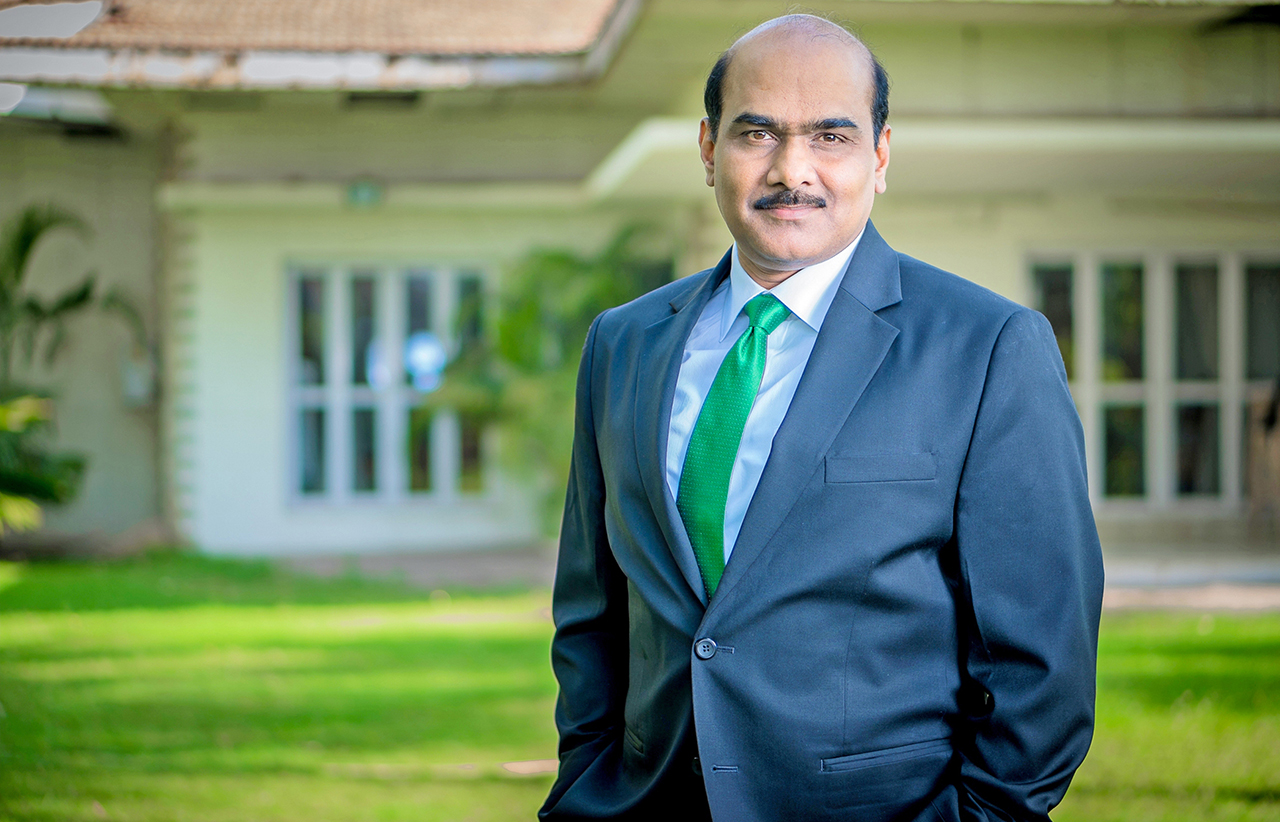
This budget has the ingredients to deliver long term growth. The government is bullish on public spending and we are encouraged by it. We were certain that Budget 2021 would surely consider the gloom that hovered over the Indian auto industry and it is reassuring to see that it did.
The infrastructure boost will surely benefit the heavy and medium commercial vehicle segment, which was much needed. The voluntary scrappage policy implementation is surely a step in the right direction keeping in mind the environment and auto industry at large. We have been awaiting it for a while and this is a step forward for sure. In fact, the announcement regarding the PLI scheme investments is going to play an accelerator for the manufacturing sector, which has seen really tough times along with the auto industry. This gives reason for double celebration as it will encourage global manufacturing firms and also provide incentives for local manufacturing firms to expand. This is a huge step in terms of creating jobs and opportunities for the youth. This budget has been very progressive for the railways as well, an important sector for us.
The decision of commissioning dedicated freight corridors which will not only improve the overall movement of goods but also spur economic activities in the long run. The continued push for investment in railway with the additional allocation towards MetroLite and MetroNeo for smaller cities for bodes well in the long run. The only caution here is to look at the inflating fiscal deficit. Overall, the budget provides an opportunity for the state and the central governments to come together and rebuild for the future and we must seize these opportunities for future growth.
Anjani Mandal, CEO, Fortigo Logistics
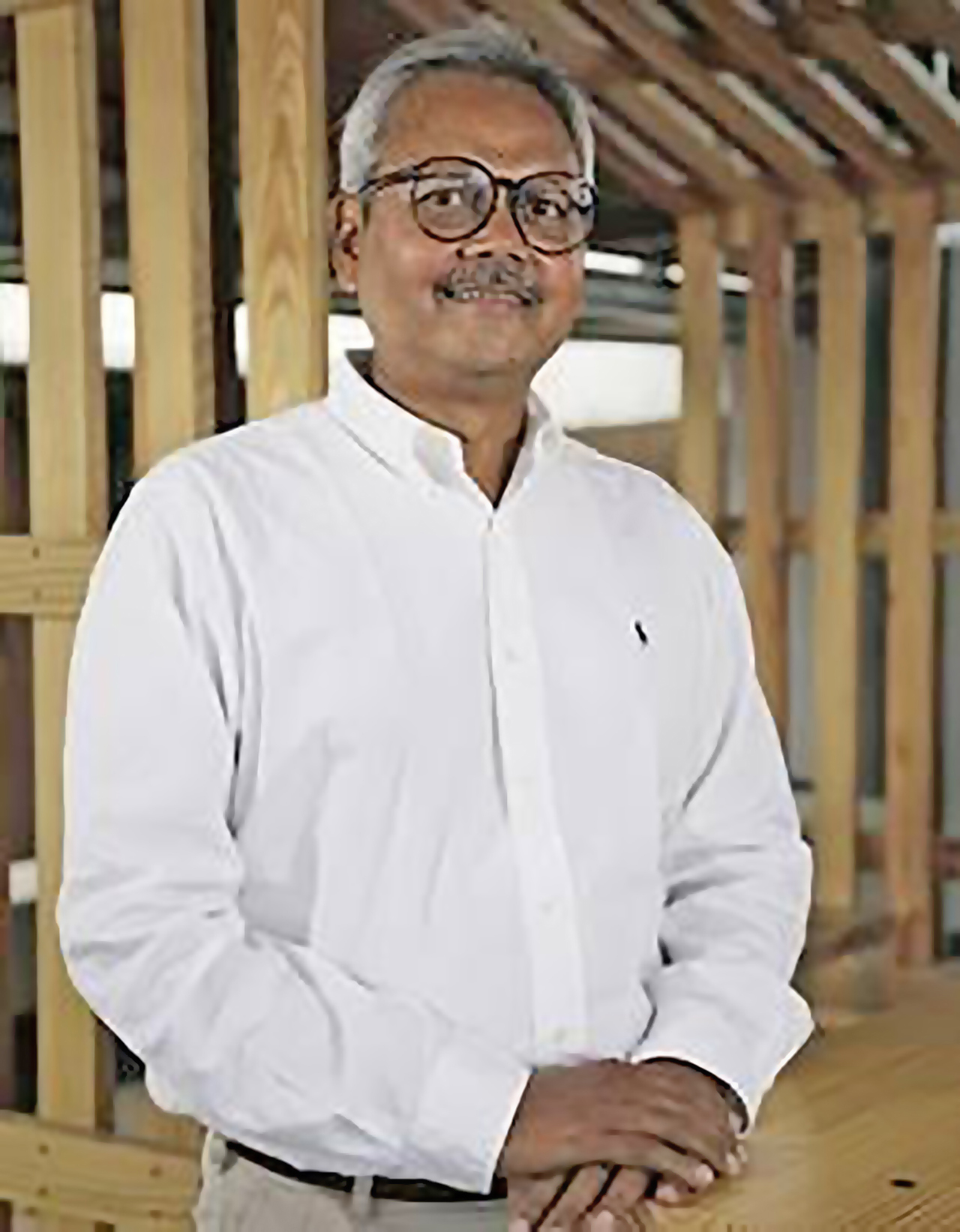
The Budget announcements were in line with expectations. There is a continuance of large outlay on infrastructure creation, building & improving large tracts of highways to facilitate road transportation, all of which support the logistics industry directly & indirectly.
When seen in combination with the record budgetary allocation for rail infrastructure toward the freight corridors, the importance of rail & road multi-modal will become increasingly important.
In the medium term, the share of railways in overall goods transportation will increase substantially and it will enhance the competitiveness of Indian supply chain across industries by lowering the cost of transportation and also improve connectivity between production and consumption markets – mainly domestic but also global.